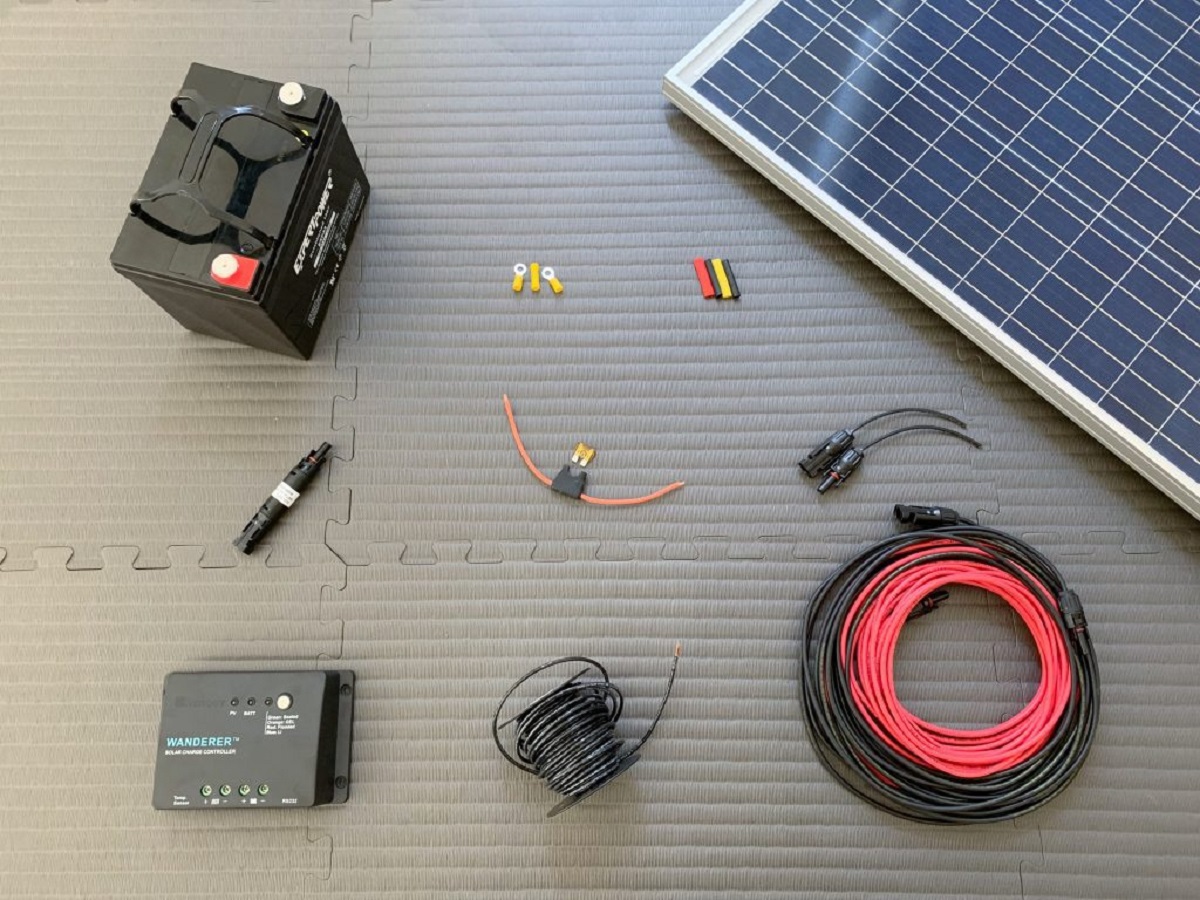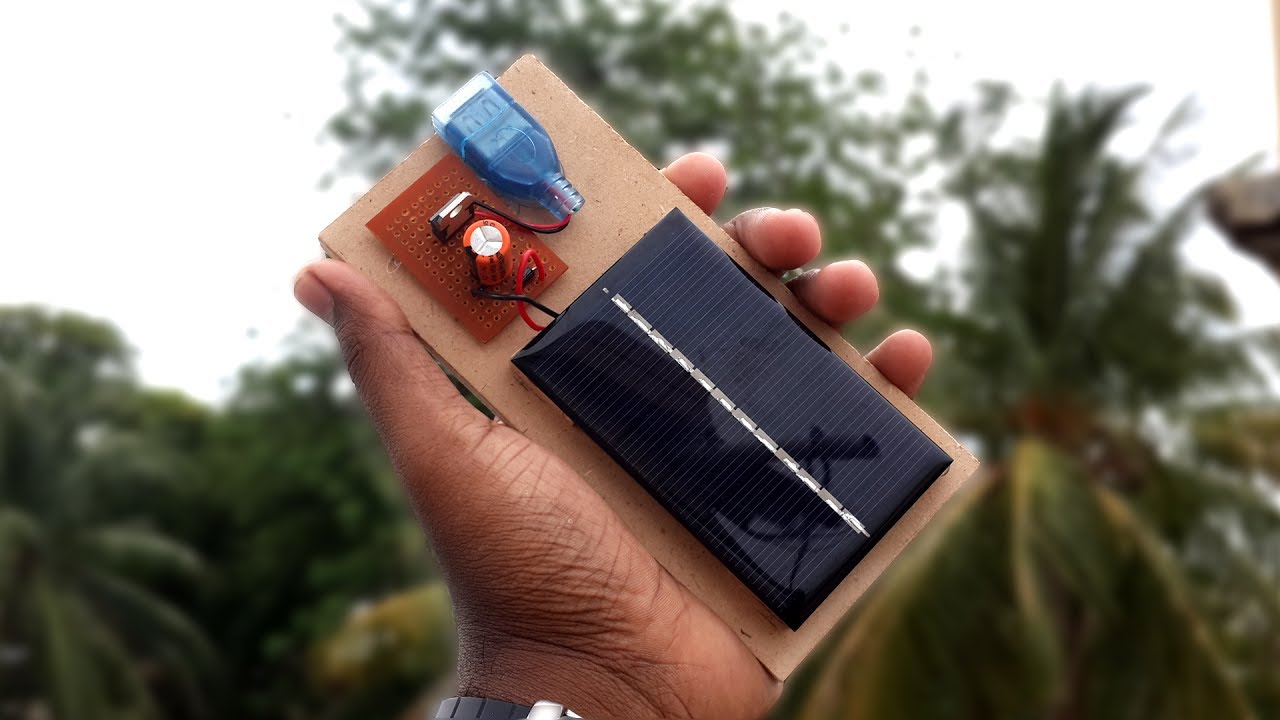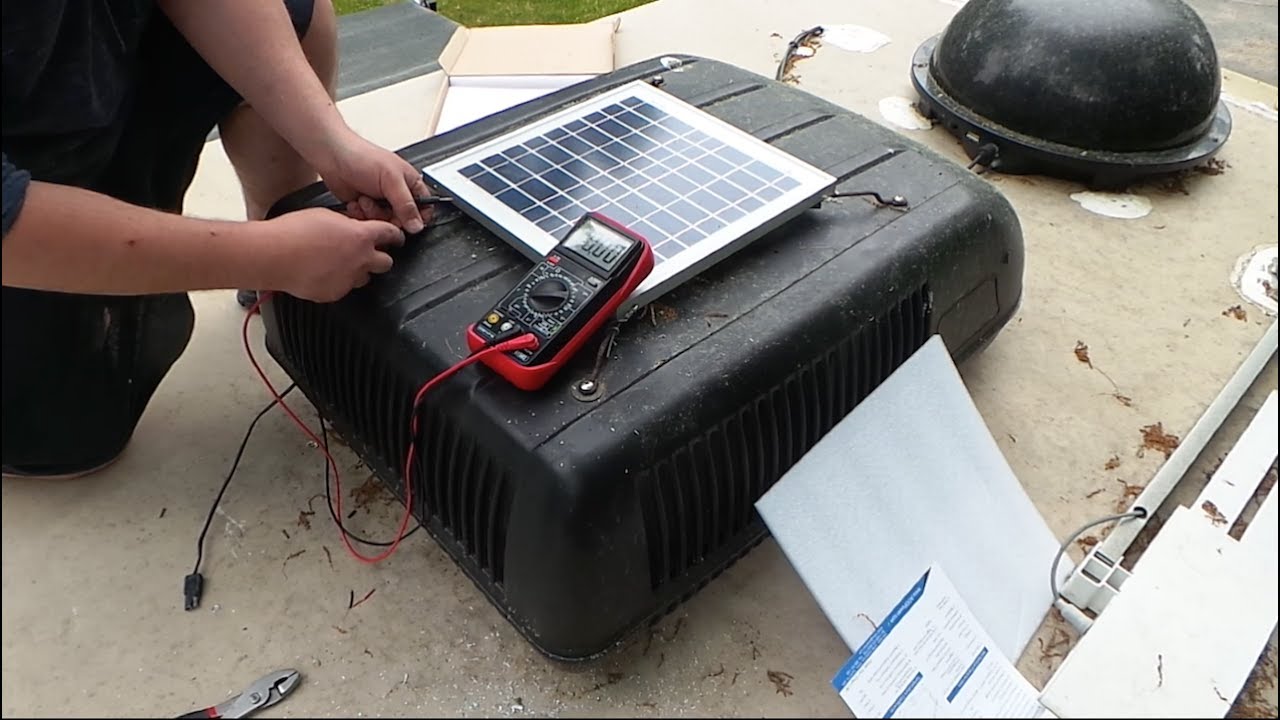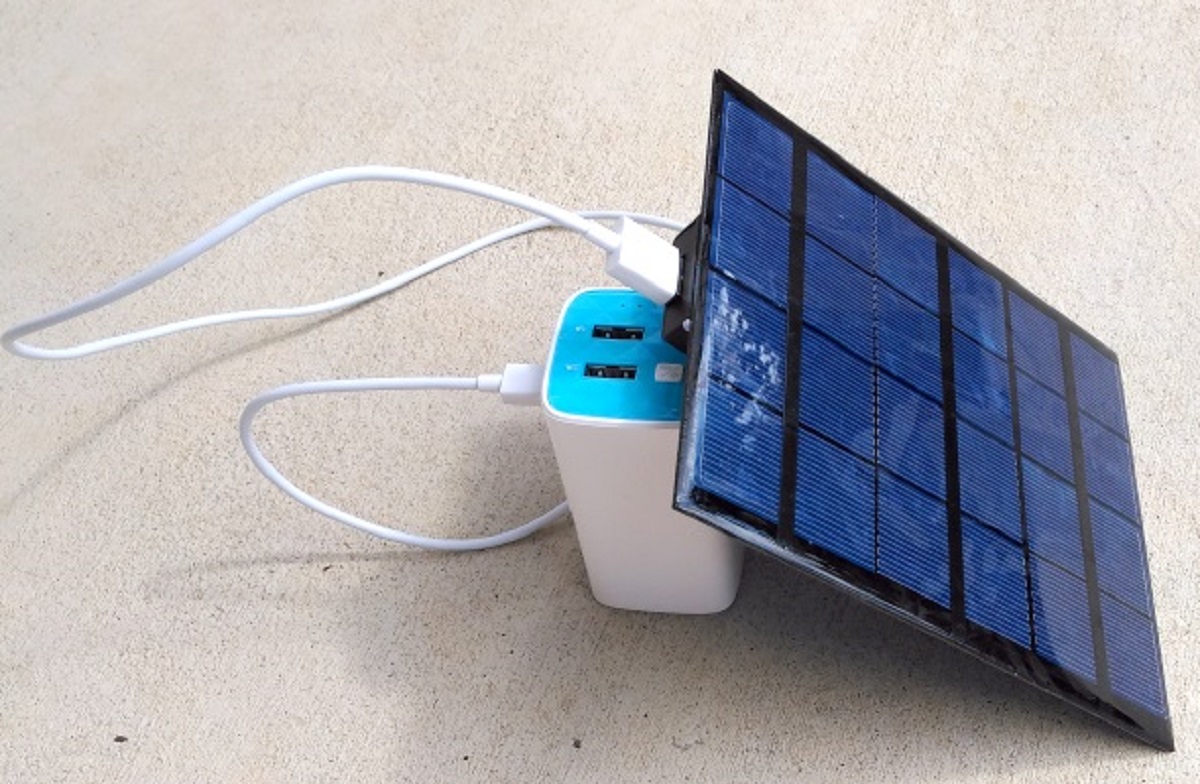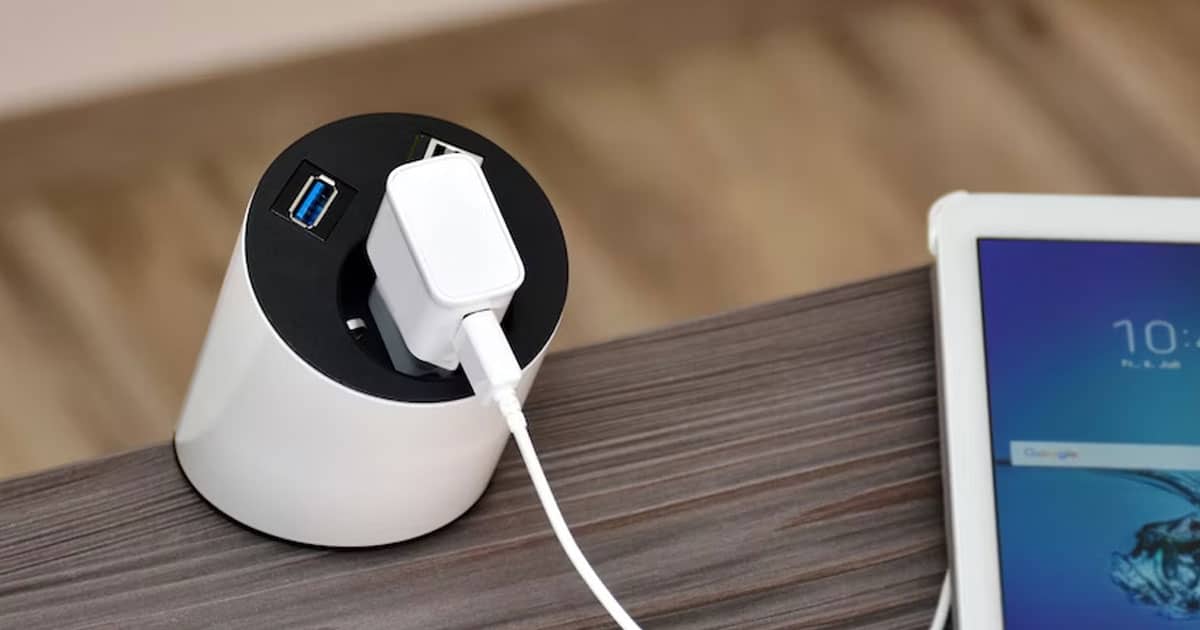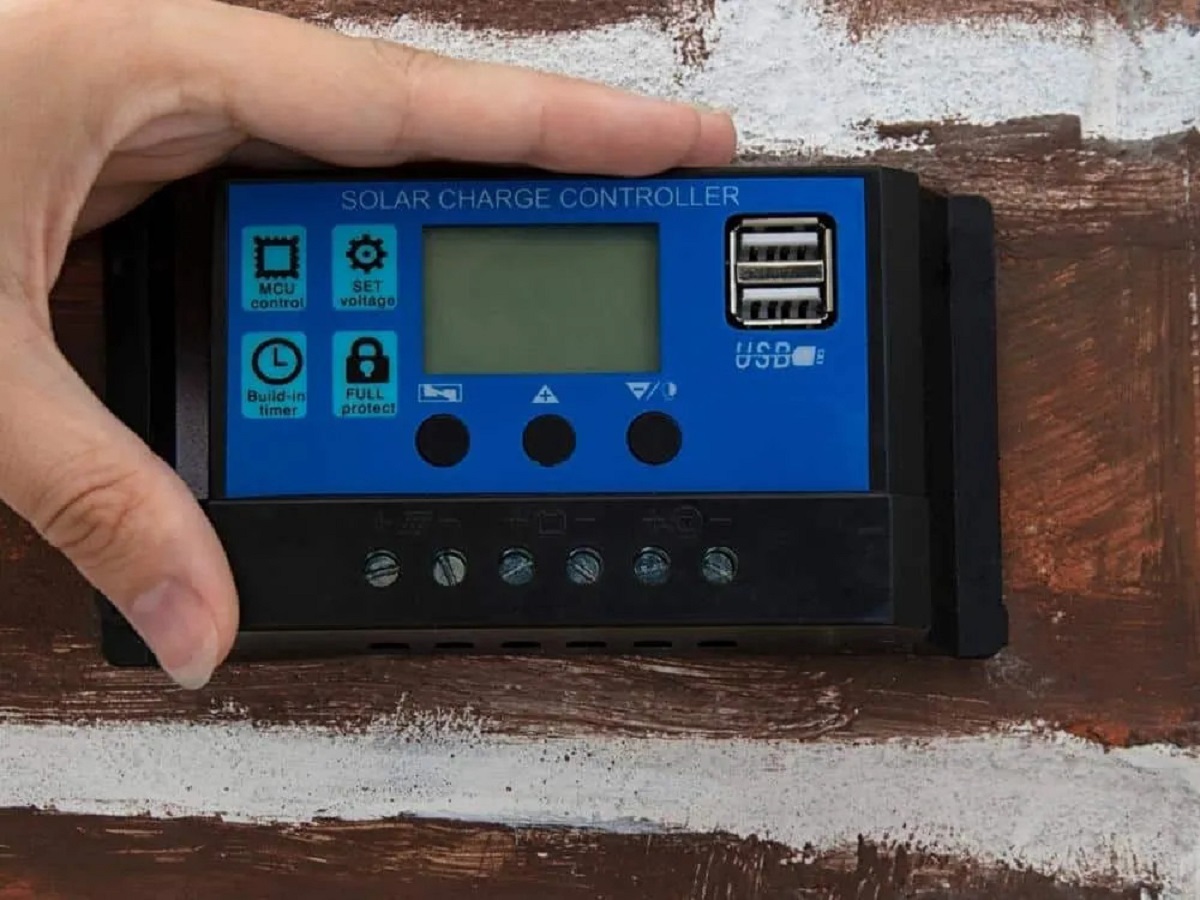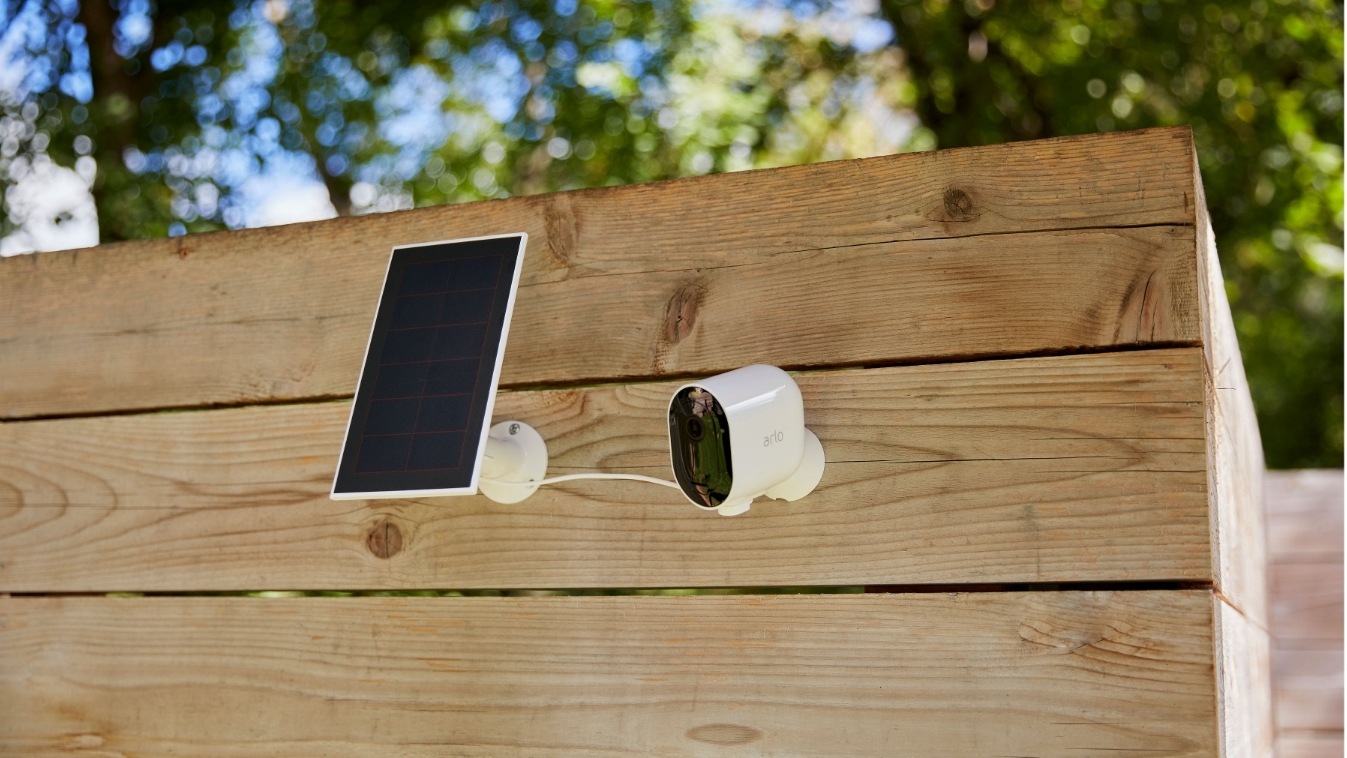Introduction
Welcome to the world of solar panel chargers! With the increasing popularity of renewable energy sources, more and more people are getting interested in harnessing the power of the sun to charge their devices. Solar panel chargers are a convenient and eco-friendly way to keep your gadgets powered up wherever you go.
In this article, we will delve into the fascinating world of solar panel chargers and explore the essential aspect of wiring. One question that often arises is whether the positive wires should be connected to the negative wires when making a solar panel charger. Join us as we unravel the mysteries of solar panel wiring and shed light on this important topic.
Before we jump into the details of wiring a solar panel charger, it’s crucial to have a basic understanding of how these chargers work. Solar panel chargers convert solar energy into electrical energy, which can then be used to charge various devices such as smartphones, laptops, and even car batteries.
These chargers consist of photovoltaic (PV) cells that absorb sunlight and convert it into electrical current. The PV cells are made up of different layers of materials, such as silicon, that generate an electric charge when exposed to sunlight. The generated current is then directed through the wiring of the solar panel charger to the connected device for charging.
Now that we have a basic understanding of solar panel chargers, let’s dive into the wiring aspect. Wiring is a critical step in the construction of a solar panel charger, as it determines the flow of electrical current and ensures the proper functioning of the charger.
Understanding Solar Panel Chargers
Solar panel chargers are devices that use solar energy to convert it into electrical energy that can be used to charge various electronic devices. They provide a sustainable and environmentally friendly alternative to traditional chargers that rely on fossil fuels.
The main component of a solar panel charger is the photovoltaic (PV) cell. These cells are made up of layers of semiconducting materials, typically silicon, that have the ability to convert sunlight directly into electricity. When sunlight hits the surface of the PV cell, it excites the electrons in the material, causing them to flow and generate an electric current.
The PV cells in a solar panel charger are connected in a series or parallel configuration to increase the voltage or current output, respectively. This allows the charger to generate enough energy to power or charge electronic devices. Additionally, solar panel chargers are equipped with a charge controller that regulates the charging process to prevent overcharging and protect the connected devices.
It’s important to note that the efficiency of a solar panel charger is dependent on factors such as the quality and size of the PV cells, the angle and orientation of the charger towards the sun, and the amount of sunlight available. Therefore, it’s crucial to choose a charger that suits your specific needs and provides a reliable source of power.
Solar panel chargers come in various sizes and forms, ranging from portable chargers for smartphones and tablets to larger panels designed to charge batteries or power entire homes. They are commonly used in outdoor activities such as camping, hiking, and boating, where access to electricity may be limited.
By harnessing the power of the sun, solar panel chargers offer numerous benefits. They reduce reliance on traditional energy sources, decrease carbon emissions, and provide a sustainable solution for charging electronic devices. Additionally, they offer the convenience of charging on the go, allowing you to stay connected and powered up even in remote locations.
Now that we have a clear understanding of solar panel chargers, let’s explore the crucial aspect of wiring and how it influences the performance of these chargers.
Wiring a Solar Panel Charger
Wiring is a fundamental aspect of constructing a solar panel charger, as it determines the proper flow of electrical current and ensures the charger functions effectively. The wiring of a solar panel charger includes connecting various components such as the PV cells, charge controller, and storage batteries (if applicable) in a specific configuration.
When wiring a solar panel charger, it’s important to consider the voltage and current requirements of the connected devices. This information will dictate the number and arrangement of PV cells needed for the charger. Additionally, the wiring should be done in a way that minimizes power loss and maximizes efficiency.
The basic wiring configuration for a solar panel charger involves connecting the PV cells in series or parallel depending on the desired voltage or current output. Connecting cells in series increases the voltage output, while connecting them in parallel increases the current output.
For example, if you want to charge a 12-volt battery using PV cells with a voltage output of 0.5 volts, you would need to connect 24 cells in series (0.5 volts x 24 cells = 12 volts). On the other hand, if you want to increase the charging current, you can connect multiple sets of PV cells in parallel.
In addition to PV cell wiring, a charge controller is an essential component in a solar panel charger. The charge controller regulates the charging process, preventing overcharging and protecting the connected devices by maintaining a steady flow of current.
Proper wiring of the charge controller involves connecting the PV cells to the input terminals and the battery or device to the output terminals. It’s crucial to follow the manufacturer’s instructions and ensure the correct polarity of the connections (positive to positive, negative to negative) to prevent damage to the charger and the devices.
If you’re using storage batteries in your solar panel charger setup, they need to be connected in a way that optimizes charging and discharging. This typically involves connecting the positive terminal of the battery to the positive terminal of the charge controller and the negative terminal to the negative terminal, forming a closed circuit.
Overall, proper wiring is essential for the optimal performance and safety of a solar panel charger. It’s crucial to pay attention to the specifications and guidelines provided by the charger manufacturer to ensure that the wiring is done correctly and efficiently.
Connecting Positive and Negative Wires
When it comes to connecting the positive and negative wires in a solar panel charger, the key principle to remember is polarity. Polarity refers to the positive (+) and negative (-) terminals of the components involved, such as the PV cells, charge controller, and storage batteries.
In a solar panel charger, the positive wire carries the current from the PV cells to the charge controller or directly to the connected device or battery. The negative wire, on the other hand, completes the circuit by returning the current back to the PV cells or battery.
When wiring a solar panel charger, it’s crucial to connect the positive wire to the positive terminal and the negative wire to the negative terminal of each component. This ensures the proper flow of electrical current and prevents any short circuits or damage to the charger or devices.
One common method for connecting positive and negative wires is by using connectors or junction boxes. These components allow for secure and efficient connections, ensuring a reliable flow of electricity.
Another important consideration when connecting the positive and negative wires is the avoidance of reverse polarity. Reverse polarity occurs when the positive and negative wires are accidentally switched, leading to incorrect current flow and potential damage to the charger or devices.
To prevent reverse polarity, it’s essential to double-check the polarity markings and labels on the components. These markings indicate the correct orientation for connecting the wires. For instance, positive terminals are typically labeled with a plus sign (+), while negative terminals are labeled with a minus sign (-).
It’s also recommended to use color-coded wires to simplify the wiring process. Common color coding for positive wires is red or yellow, while black or white is typically used for negative wires. This color distinction helps ensure correct polarity connections.
Additionally, using proper wire connectors or terminal blocks can provide a secure and reliable connection that reduces the risk of loose or exposed wires. It’s important to follow the manufacturer’s instructions and guidelines when choosing and using connectors.
Remember, proper connection of the positive and negative wires is crucial to the functionality and safety of your solar panel charger. Taking the time to ensure correct polarity and secure connections will help maximize the efficiency and performance of the charger while minimizing the risk of electrical hazards or component damage.
Importance of Proper Wiring
Proper wiring plays a crucial role in the functionality and performance of a solar panel charger. It ensures the efficient flow of electrical current, maximizes the charging capability, and maintains the safety of the charger and connected devices. Here are some key reasons why proper wiring is of utmost importance:
1. Maximizing Efficiency: Proper wiring minimizes power loss and maximizes the efficiency of a solar panel charger. When wiring is done correctly, the electrical current flows smoothly from the PV cells to the charge controller and the connected devices or batteries. This reduces resistance, voltage drops, and heat generation, allowing for more effective charging and optimal energy conversion.
2. Ensuring Safety: Correct wiring is essential for the safety of both the charger and the devices being charged. Properly connected wires prevent short circuits and minimize the risk of electrical accidents, such as electrocution or fires. By following the manufacturer’s guidelines and ensuring the correct polarity, you can significantly reduce the chances of electrical hazards.
3. Preventing Component Damage: Improper wiring can lead to damage to the charger components, such as the PV cells, charge controller, or storage batteries. Reverse polarity, loose connections, or incorrect voltage and current configurations can cause equipment malfunction or irreversible damage. Proper wiring mitigates these risks and ensures the longevity and reliability of the solar panel charger system.
4. Optimizing Charging Capability: The correct wiring configuration allows for optimal charging capability. By connecting the PV cells, charge controller, and batteries in the appropriate series or parallel arrangement, you can generate the desired voltage and current output for efficient charging. This ensures that your solar panel charger is capable of meeting the power demands of your devices or batteries.
5. Ease of Troubleshooting and Maintenance: If any issues arise with the solar panel charger, proper wiring makes troubleshooting and maintenance easier. Clearly labeled and securely connected wires enable you to quickly identify and address any wiring-related problems. It also facilitates future upgrades or modifications to the charger system, allowing for seamless integration of additional components or increased charging capacity.
6. Meeting Industry Standards and Regulations: Following proper wiring practices ensures that your solar panel charger meets industry standards and regulations. These standards are in place to ensure product safety, performance, and compatibility with other electrical systems. Adhering to these guidelines also ensures that your charger is eligible for applicable certifications and warranties.
Considering the significant benefits of proper wiring, it is crucial to invest time and attention to ensure correct connections and configurations in your solar panel charger. By doing so, you can maximize its efficiency, safety, and longevity, while enjoying a reliable and eco-friendly source of power for your devices.
Conclusion
In conclusion, understanding the proper wiring of a solar panel charger is essential to ensure its functionality, efficiency, and safety. By connecting the positive and negative wires correctly, you enable the smooth flow of electrical current and minimize the risk of electrical hazards.
Wiring a solar panel charger involves connecting the PV cells, charge controller, and storage batteries (if applicable) in a specific configuration that suits your charging needs. The correct arrangement of these components and the avoidance of reverse polarity are crucial for optimal charging capability and component protection.
Proper wiring maximizes the efficiency of a solar panel charger by reducing power loss, voltage drops, and heat generation. This, in turn, ensures that the charger can provide reliable and efficient charging for your devices or batteries, even in remote or off-grid locations.
Moreover, correct wiring enhances the safety of the charger and the connected devices by preventing short circuits and electrical accidents. It also protects the components from damage, prolonging their lifespan and allowing for optimal performance over time.
By following the manufacturer’s guidelines, using appropriate wire connectors, and paying attention to polarity markings, you can achieve a well-wired solar panel charger that meets industry standards and regulations. This not only ensures its proper functioning but also allows for ease of troubleshooting, maintenance, and future upgrades.
In a world that is increasingly embracing renewable energy sources, solar panel chargers offer a sustainable and eco-friendly way to power our devices. Understanding how to wire these chargers correctly is crucial to harness their full potential and contribute to a more sustainable future.
So, whether you’re planning to build your own solar panel charger or using a pre-assembled one, make sure to give proper attention and care to the wiring process. It will not only optimize the charger’s performance but also provide you with a reliable and environmentally friendly source of power wherever you go.







